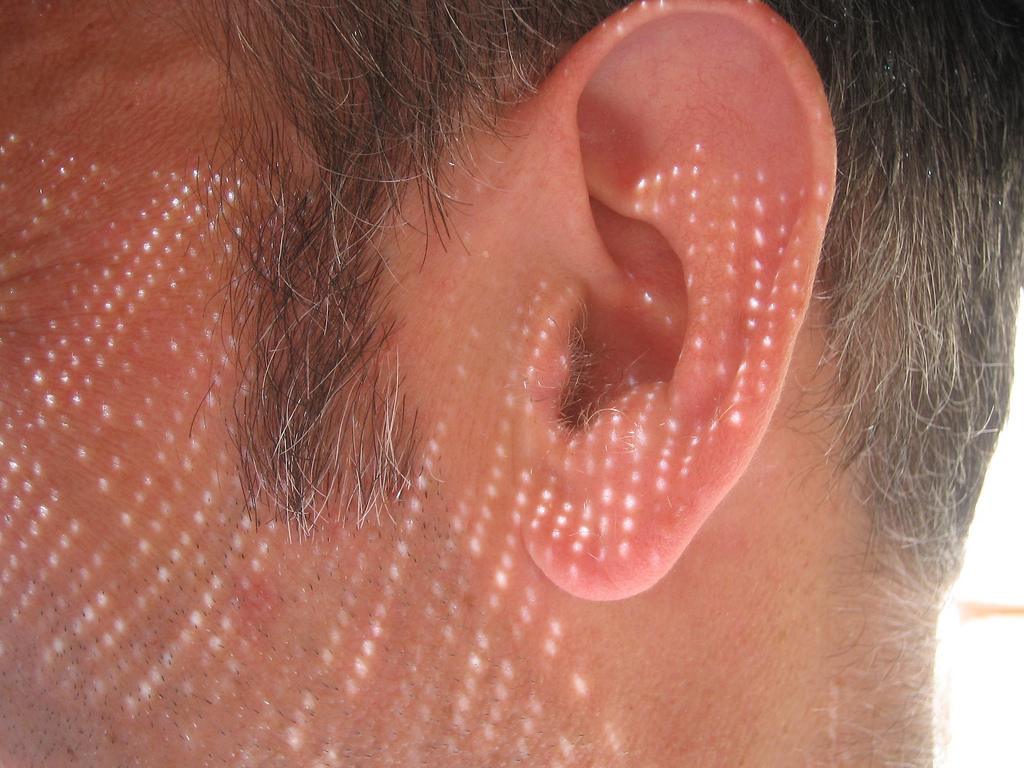Loss of hearing is extremely common and often inevitable as we age, but researchers from Massachusetts Eye and Ear have discovered a new type of “hidden hearing loss”–in college-age human subjects. In other words, scientists have found a new diagnosis for hearing loss.
Image Source: Guido Mieth
The study, led by Stephanie Maison, Ph.D., included participants who were young adults in good health with no history of ear or hearing problems. Different tests were conducted to assess cochlear function, as well as hearing strength. Word recognition performance was assessed through a test containing fifty phonemically balanced words. In addition, state of the art software was used for electrocochleography, which measures nerve damage. Researchers found a significant correlation between test performance and health of the auditory nerve, which was based on the overall condition of auditory nerve fibers. Subjects who regularly wore hearing protection during exposure to loud sounds also performed much better than those who didn’t. This implies that activities such as using earphones or going to loud concerts–which are very common among college-aged individuals–may lead to some serious ear damage.
In order to understand the impact of the study, it is important to note that this “hidden hearing loss,” a condition known as cochlear synaptopathy, differs from the usual hearing loss well documented by scientists and researchers alike. The hearing loss you’ve probably heard of is a result of what happens when the sensory cells of the inner ear get damaged. These cells play a key role in converting sounds into electrical signals to be interpreted by the brain.
In contrast, cochlear synaptopathy refers to the damage to the connection between auditory nerve fibers and sensory cells. Nerve fibers are responsible for carrying hearing information between the cochlea, or inner ear, and the brain. The damage that occurs between fibers and cells happens well before the sensory cells themselves get damaged.
An estimated 48 million people in America are affected by traditional hearing loss and many more millions, including our youth, may be affected by this new “hidden hearing loss.” Current audiograms cannot detect this type of hearing loss; therefore, this finding is extremely important because it opens the door for more research to find better methods of diagnosing this new condition.
Feature Image Source: Simon James










